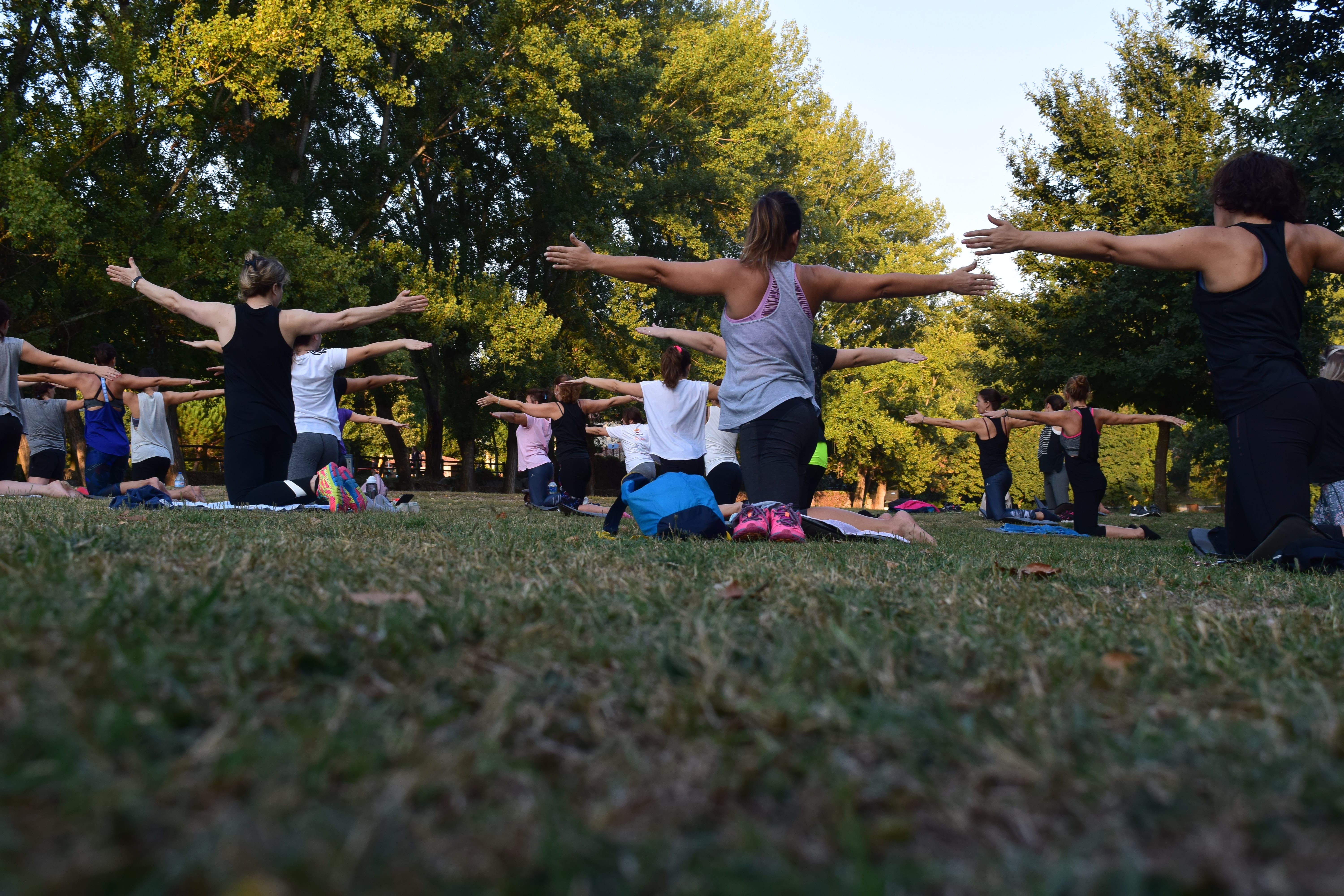Sparking Engagement In Employee Wellness

Achieving meaningful results from corporate employee wellness programs often comes down to one pivotal factor — sparking strong employee engagement. But this can be challenging to achieve.
Studies point to a mix of reasons that keep employees from participating in employee wellness programs. They may not fully understand the value; they may not feel that the potential rewards are worth the effort, or they may say that they simply don’t have the time.
So what do HR and benefits managers do? Consider a new approach that addresses employees’ personal challenges with a fresh approach to team challenges — one that harnesses the power of collaboration, attainable rewards, and a spirit of play, while making sure that the challenges are designed to meet the needs of employees at whatever stage on the wellness journey they are.
The first team challenges, introduced about a decade ago, were focused on leveraging social competition to drive engagement and behavior change. And, they proved to be effective, boosting employee participation and completion rates by 50 percent or more.
But, these early team challenges were a serious business. They featured large, somewhat impersonal teams, and a laser focus on reaching team goals. Our research found that this model was leaving some employees on the sidelines, so we developed The Invitational Team Steps Challenge, aimed at maximizing engagement and participation, not just in one challenge, but multiple team and individual challenges throughout the year.
Built on a foundation of collaborative play, attainable incentives, and gamification principles that spark enthusiasm and a sense of fun, this new model encourages all employees – from the athletic to the newly active – to join in and stay engaged.
Smart matchups, small teams
Matching teams of similar skill and activity level is key for sparking, and sustaining, engagement. This “smart match up” concept fosters a spirit of collaboration, while making success more attainable. All employees, regardless of fitness level, feel included, by increasing the perception and likelihood that anyone — even those people new to fitness or less active — can be a winner.
Keeping smartly matched teams small also makes a difference. I’ve seen firsthand that teams of five foster greater accountability, as each individual’s participation counts more towards the team’s success than in a larger team. Smaller size teams make a participant feel they really can have a positive impact on the team’s results.
My colleagues and I have found that the majority (93 percent) of employees who participated in a recent smart match-type challenge would do so again. Importantly, 71 percent said the program had helped them become more active. Over the five weeks of the challenge, each participant, on average, walked about 160 miles a week, or about 4.5 miles per day.
Four questions to set your challenge up for success
While team challenges can accelerate employee engagement and instill both fun, energy and collaboration into the workplace environment, ensuring their effectiveness demands a careful assessment of current workplace dynamics, employee culture, and wellness needs. We encourage our customers to answer four key questions before deciding on an approach:
- What type of Challenge should you run, and how often? We’ve found what works best are four challenges a year with a mix of both physical activity-based challenges, i.e. walking challenges, mixed with other types of activities, such as nutrition, sleep, water (i.e., replacing sugary drinks with water), and stress management. Mixing individual challenges and team challenges offer employees variety and help address a range of wellness needs.
- What groups will you offer the team challenge to? More specifically,do you want to challenge one location or the entire organization? Understanding your employee population and what motivates them to action will provide insight into what type of activities to plan for specific groups.
- How will you communicate with employees? Using multiple touchpoints to communicate — including email, office collateral, push notifications and other internal communications platforms — will help raise the program’s visibility and ensure employees are receiving the motivation and progress updates they need to stay on track. Mobile integration will connect with employees on the platform they use most often, and make it easier to maintain interest and engagement.
- How will you reward employees? Consider rewards with enough value to encourage your employees to stay in the game. Also, issuing rewards frequently keeps enthusiasm and participation levels high. The Invitational has a mix of four types of individual and team rewards. Some are easier to attain, others are more challenging. Three of the four are rewarded weekly, rather than having employees wait until the challenge is complete.
By answering these four key questions, organizations will have important information that will help them plan and launch a challenge that is tailored to employee needs. If the results show improvement in employee engagement and an increase in healthy behaviors, you know you’ve implemented a successful challenge.
Originally published by Dave Merriwhether of BenefitsPro.com

